Health
Actress Olivia Munn credits breast cancer risk-assessment score for saving her life

Olivia Munn claims that her breast cancer risk-assessment score helped save her life.
The actress, 43, shared on social media this week that the score helped detect her breast cancer just months after she had a negative mammogram and tested negative on several genetic tests.
The high-risk score prompted Munn’s physician to send her for further evaluations — including an MRI and ultrasound that detected cancer in both breasts, according to her Instagram post on Wednesday.
OLIVIA MUNN DIAGNOSED WITH BREAST CANCER
“She discovered my lifetime risk was at 37%,” Munn wrote.
“Because of that score, I was sent to get an MRI, which led to an ultrasound, which then led to a biopsy. The biopsy showed I had Luminal B cancer in both breasts. Luminal B is an aggressive, fast-moving cancer.”
What is the breast cancer risk assessment score?
While there are several risk assessment tools available to patients and physicians, the breast cancer risk assessment tool (BCRAT), also known as the Gail Model, is one of the most common.
The test, which takes about five minutes to complete, helps predict a female’s risk of developing an invasive breast cancer within the next five years and up to 90 years of age, according to the National Cancer Institute (NCI).
John Mulaney and Olivia Munn attend the 2024 Vanity Fair Oscar Party on March 10, 2024 in Beverly Hills, California. Munn claims that her breast cancer risk assessment score helped save her life.
BCRAT calculates the woman’s “absolute breast cancer risk,” which the organization defines on its website as the “chance or probability of developing invasive breast cancer in a defined age interval.”
The risk calculator tool looks at several factors, including age, race, medical history and reproductive history.
It also looks at the presence of a family history of breast cancer among first-degree relatives, such as mothers, sisters and daughters.
MOST WOMEN DIAGNOSED WITH EARLY BREAST CANCER WILL SURVIVE BEYOND 5 YEARS, STUDY FINDS
The information is then calculated.
A five-year risk score of 1.67% or more is considered high-risk, and a health care provider may recommend certain medications to decrease the chances of developing cancer, according to Cleveland Clinic’s website.
Dr. Nicole Saphier, M.D., board-certified breast imaging radiologist and associate professor at Memorial Sloan Kettering Cancer Center in New York City, recommends individual risk assessments to her referring clinicians and patients.
“Olivia Munn’s doctor may have saved her life by doing so,” Saphier said in a statement to Fox News Digital.

Dr. Nicole Saphier, M.D., board-certified breast imaging radiologist and associate professor at Memorial Sloan Kettering Cancer Center in New York City, said she recommends individual risk assessments to her referring clinicians and patients. (Fox News)
“While a standard mammogram is sufficient for nearly half of all women, many others will benefit from adding an ultrasound or MRI based on breast density and various other factors that may make someone higher risk.”
Less than 5% of all women diagnosed with breast cancer will have cancer in the contralateral (opposite) breast, Saphier pointed out.
“Olivia Munn was one of those rare cases.”
ANNUAL BREAST CANCER SCREENINGS LINKED TO LOWER RISK OF DEATH, STUDY FINDS
Dr. Ruth Oratz, a breast medical oncologist at NYU Langone Health’s Perlmutter Cancer Center in New York City, told Fox News Digital that if a patient uses the risk assessment herself and finds that she is at increased risk of breast cancer, she should discuss this with her physician.
“The doctor can then do a more detailed evaluation as to her breast cancer risk,” Oratz said.
“For example, if there is a family history of breast cancer, then the patient may be referred for genetic testing. This information may give a more specific evaluation of the patient’s risk of breast, or even other types, of cancer.”
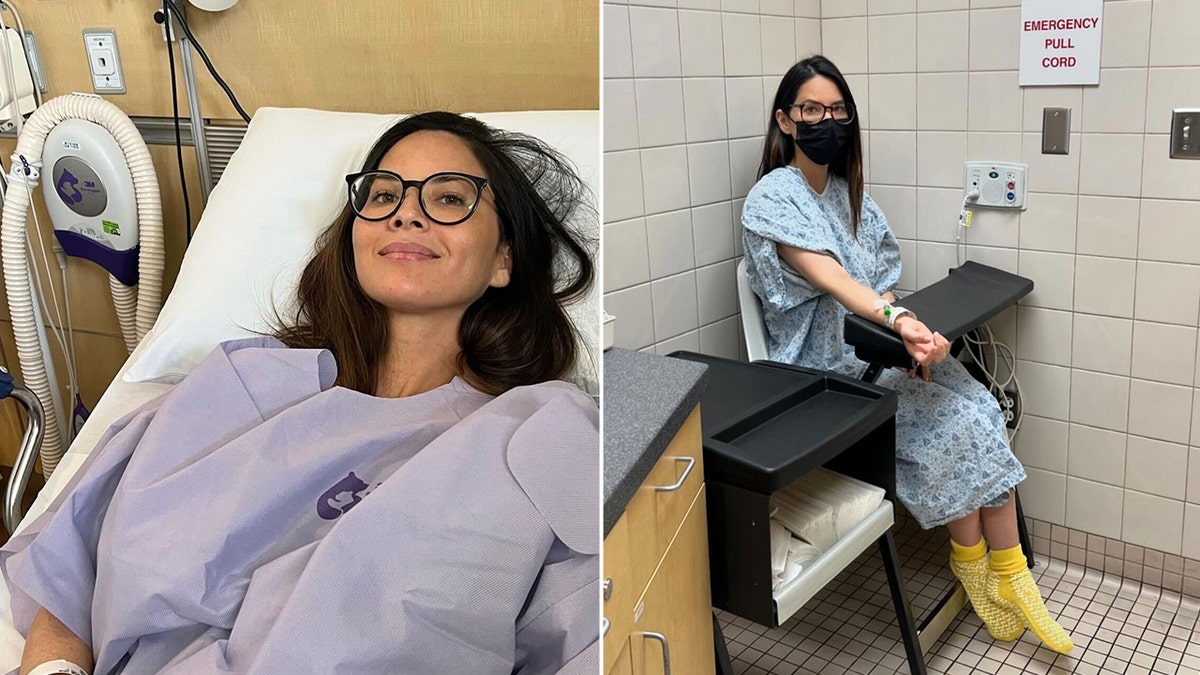
Less than 5% of all women diagnosed with breast cancer will have cancer in the contralateral (opposite) breast — which means Olivia Munn’s case was rare, a doctor noted. (Instagram: Olivia Munn)
Another breast cancer specialist told Fox News Digital that the risk of cancer could vary widely among women.
The average woman’s risk is approximately 10% to 12% at the lowest end of the spectrum, according to Dr. Elisa Port, chair of breast surgery for The Mount Sinai Health System and director of the Dubin Breast Center in New York City.
“By contrast, the highest identifiable risk is associated with BRCA mutation carriers,” she told Fox News Digital in a statement.
AN OVERVIEW OF BREAST CANCER, SYMPTOMS TO LOOK OUT FOR, WHEN TO START THINKING ABOUT ROUTINE SCREENINGS
“For them, the risk of getting breast cancer can be as high as 60% to 80%.”
She added, “Women who are not genetic mutation carriers might still be at increased risk of getting breast cancer based on a variety of other factors.”
Munn tested negative for the BRCA mutation gene, according to her Instagram post.
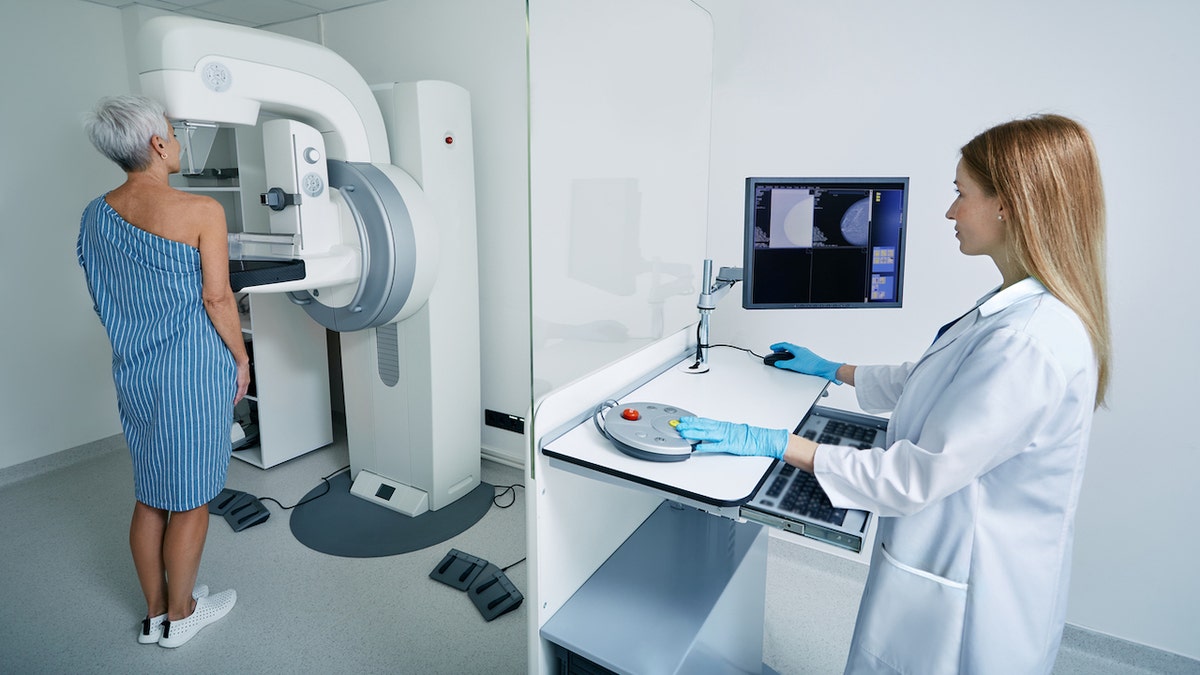
“While a standard mammogram is sufficient for nearly half of all women, many others will benefit from adding an ultrasound or MRI based on breast density and various other factors that may make someone higher risk,” a doctor told Fox News Digital. (iStock)
“The largest drivers of increased risk include having a family history of breast cancer on either a mother or father’s side, having previous breast biopsies, and importantly, if any of those biopsies showed findings of atypical cells,” Port said.
Other factors that are of lower added risk include age at onset of menstruation, the number of children a woman has had, and her age at first childbearing.
Potential limitations
There are some limitations to the BCRAT.
The tool is not accurate when it comes to estimating the risk in women who tested positive for the breast cancer-producing mutation in BRCA1 or BRCA2, those with a history of invasive or in situ breast cancer (in the milk ducts), and certain subgroups, according to the NCI.
CANCER CAUSES: THESE 10 HIDDEN CARCINOGENS CAN RAISE THE RISK, ACCORDING TO AN ONCOLOGY EXPERT
“If a woman knows she has a BRCA or other genetic mutation, then the breast cancer risk assessment is not really accurate,” Oratz said in her statement to Fox News Digital.
“She should then discuss her cancer risk with her team of health care providers.”
Although this tool may accurately estimate a woman’s chances of breast cancer, it does not determine whether she will actually develop the disease, the NCI stated.
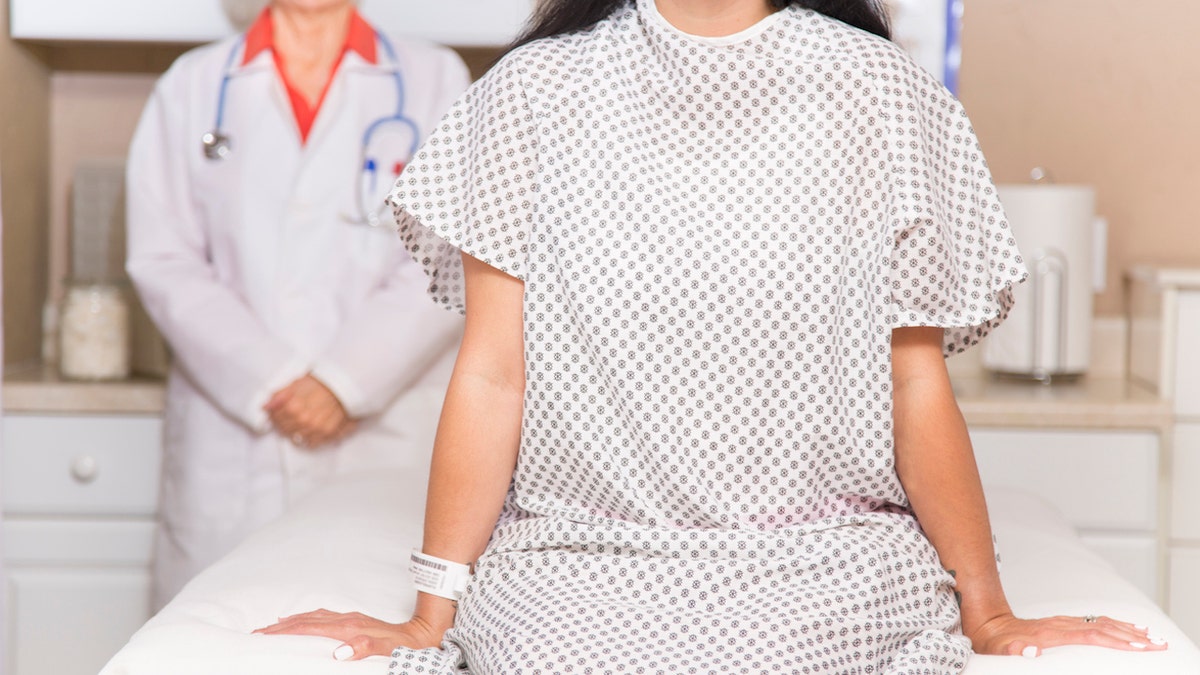
One in eight women will be diagnosed with breast cancer in their lifetime. (iStock)
BCRAT also underestimates risk in Black women who had previous biopsies and Hispanic women born outside the United States, the organization noted.
Risk estimates for American Indian/Alaska Native women are partly based on data for White women due to limited data for this demographic and may be inaccurate.
Further studies are needed, according to the Institute.
For women with a genetic mutation, the risk of getting breast cancer can be as high as 60% to 80%.
While all risk assessment tools have limitations, they can still play a role in cancer prevention, breast cancer specialists told Fox News Digital.
“These models can help identify women at increased risk, allowing for more personalized and tailored screening,” Port said.
It is important for women to discuss risk assessment scores with a health care provider to determine next steps, Oratz added.
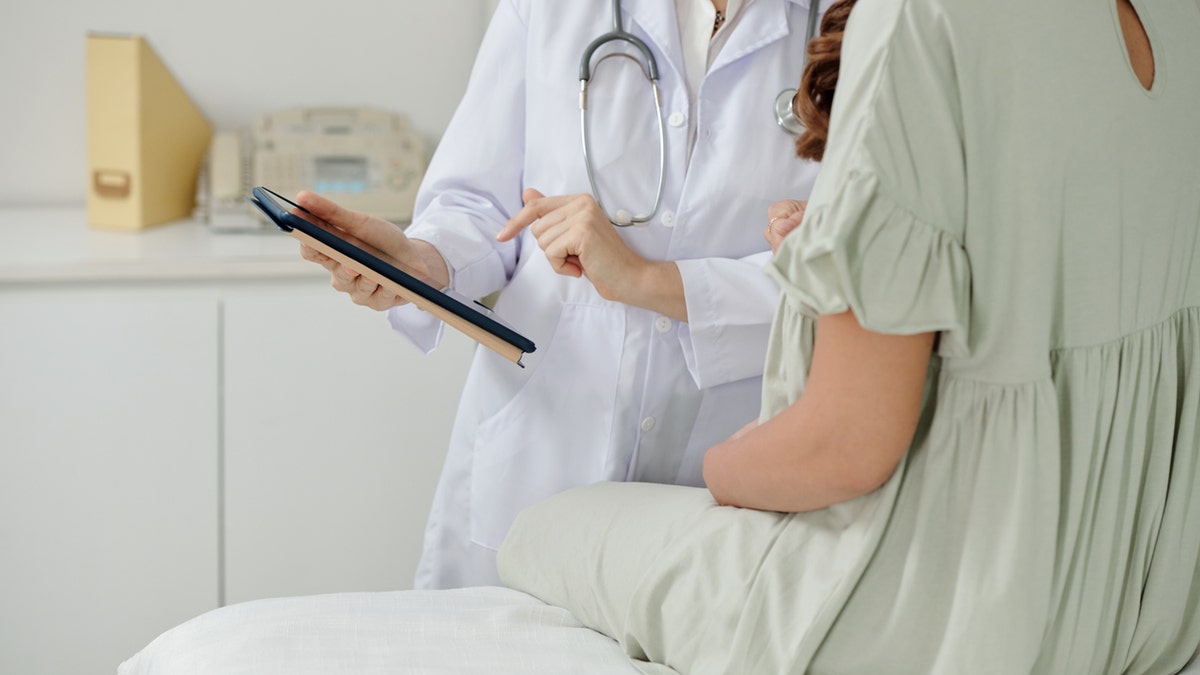
A five-year risk score of 1.67% or more is considered high-risk, and a health care provider may recommend certain medications to decrease the chances of developing cancer, according to Cleveland Clinic’s website. (iStock)
“If someone is at significantly increased risk of developing breast cancer, then she should review with her doctor consideration of recommendations for increased screening and surveillance,” she said.
For women with genetic mutations that are very high risk, they should see a breast cancer specialist to discuss other options, she recommended.
Controllable factors
Depending on individual risk levels, there are steps a woman can take to help lower the possibility of developing breast cancer, health experts told Fox News Digital.

Eating a healthy diet and staying active can help reduce a woman’s risk of breast cancer, experts agreed. (iStock)
“It is important to have a healthy body weight and not be overweight,” Oratz said.
It is also important to eat a healthy diet that limits sugar, fat and alcohol.
“Alcohol is a significant risk factor for breast cancer,” Oratz noted. “We recommend that women do not drink alcohol every day and have not more than one or two drinks on the days that they do drink.”
CLICK HERE TO SIGN UP FOR OUR HEALTH NEWSLETTER
“Remaining physically fit with exercise and some weight training to maintain muscle mass and strength also contributes to general overall health,” the expert added.
In some cases, medications may help lower the risk of breast cancer, but individuals should discuss this with their health care provider, according to Oratz.
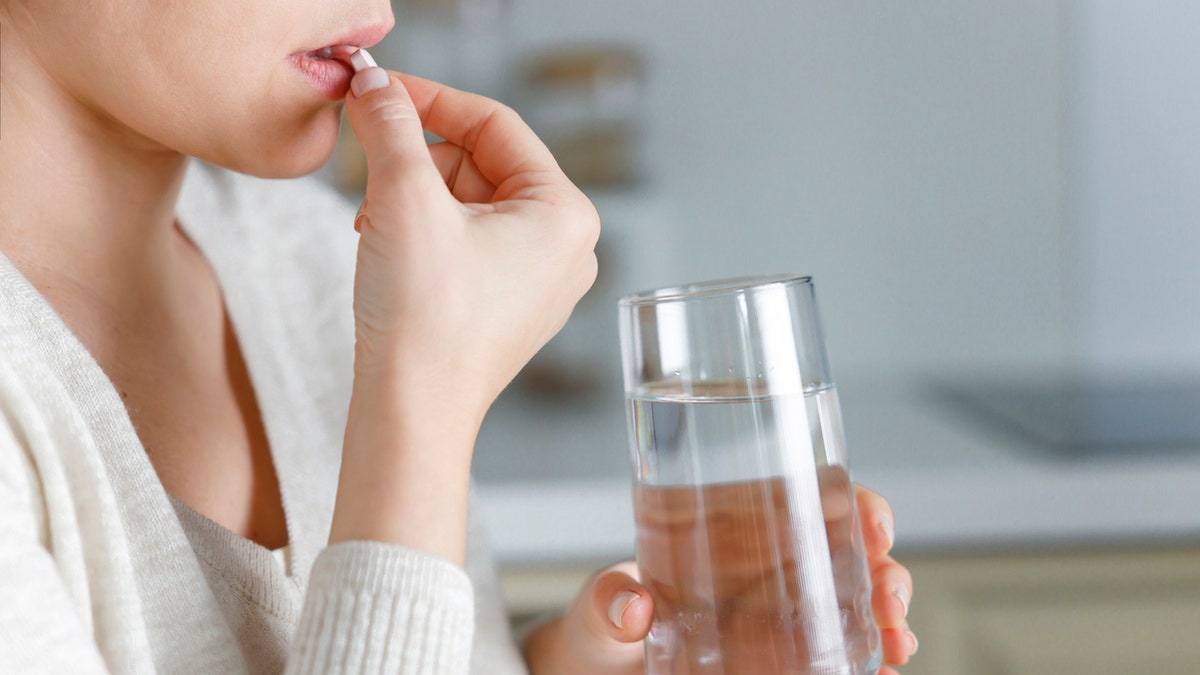
In some cases, medications may help lower the risk of breast cancer, but each individual should discuss this with a health care provider, an expert said. (iStock)
When it comes to assessing the risk of developing breast cancer, risk assessment scores can help health care providers come up with a plan for monitoring, diagnosis and early treatment, according to Cleveland Clinic’s website.
Cancer risk is not one size fits all, Saphier pointed out.
“Even though one in eight women will be diagnosed with breast cancer in their lifetime, there are many different types of breast cancer and they can occur at just about any age,” she said.
“After a breast cancer diagnosis, the risk of it returning never goes to zero, but early diagnosis and intervention give the option for less invasive treatments and the best chance of survival,” she said.
“In Olivia Munn’s case, she has taken every action possible to see her son grow up.”
Munn’s son Malcolm was born in November 2021.
For more Health articles, visit www.foxnews.com/health.

Health
High levels of resistant bacteria found in uncooked meats and raw dog food: ‘Red flag’
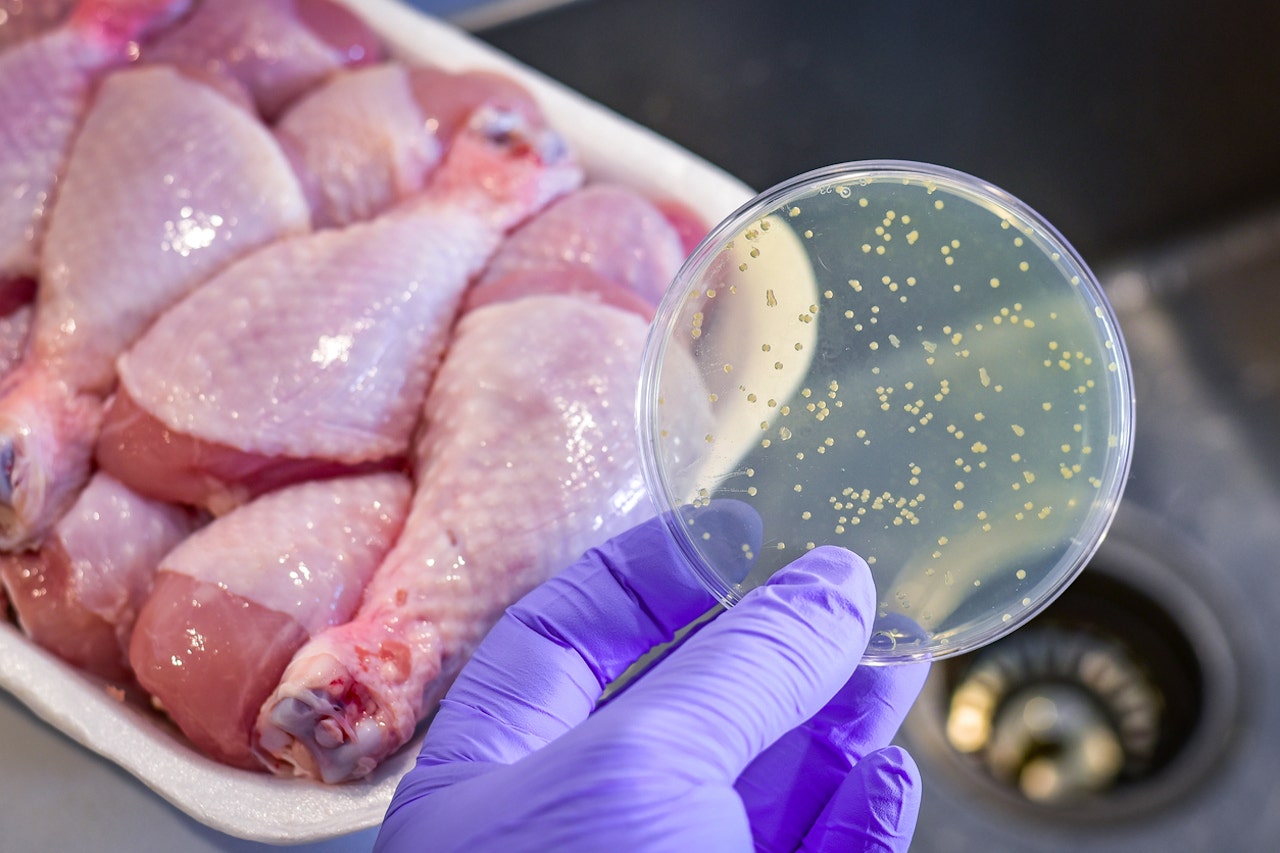
High levels of E. coli were found in uncooked meats and raw dog food sold in grocery stores in the U.K., according to research presented last week at the European Society of Clinical Microbiology and Infectious Diseases (ESCMID) Global Congress in Barcelona.
Researchers from the University of Bristol examined 58 samples of raw beef, chicken, pork and lamb sold at grocery stores in the U.K., along with 15 samples of raw dog food sold at “specialty pet stores,” according to a press release.
Eighty-one percent of the meat samples and 87% of the dog food samples were found to contain E. coli (Escherichia coli) that was resistant to antibiotics.
E.COLI BACTERIA DETECTED IN GRAND CANYON NATIONAL PARK’S WATER SUPPLY
The raw chicken had the highest levels of the resistant intestinal bacteria.
“E. coli is an intestinal bacteria that may propagate in cows and chickens used for meat, especially when they are raised in squalor or close together,” Dr. Marc Siegel, clinical professor of medicine at NYU Langone Medical Center and a Fox News medical contributor, told Fox News Digital.
High levels of E. coli were found in uncooked meats and raw dog food sold in grocery stores, according to research presented last week at the European Society of Clinical Microbiology and Infectious Diseases (ESCMID) Global Congress in Barcelona. (iStock)
“Since poultry and meat cows are often fed antibiotics to help them grow and to ward off infections, this helps to breed resistant strains, which emerge amid antibiotic overuse.”
MEAT CONTAMINATED WITH E. COLI COULD CAUSE HALF A MILLION URINARY TRACT INFECTIONS EACH YEAR, STUDY FINDS
Siegel was not involved in the study.
“This study confirms that uncooked meat carries multiple resistant E. coli, commonly including resistance to critically important antibiotics important for human health,” the study authors said in a press release from ESCMID.

“E. coli is an intestinal bacteria that may propagate in cows and chickens used for meat, especially when they are raised in squalor or close together.” (iStock)
If ingested, the bacteria could colonize the intestines and cause resistant infections, according to study author Matthew B. Avison, a professor at the School of Cellular & Molecular Medicine, University of Bristol.
“They can sit in your gut for years without causing sickness, and in some cases the bacteria will cause different types of disease later on, including urinary tract infections and bloodstream infections that can kill,” Avison told Fox News Digital.
“Infections with resistant bacteria are more difficult to treat and so are more likely to get worse.”
RAW DIET FOR DOGS IS TAKING OVER TIKTOK, BUT WHAT DOES YOUR VETERINARIAN THINK OF THE LATEST TREND?
Uncooked meat sold to be eaten by people after cooking is “commonly contaminated” with antibiotic-resistant E. coli, Avison noted.
The study results weren’t surprising, he said, as there have been “numerous reports” of antibiotic-resistant bacteria in uncooked meat and some studies showing this in raw dog food.
“In some cases, the bacteria will cause different types of disease later on, including urinary tract infections and bloodstream infections.”
“People often believe that because raw dog food is sold frozen, the freezing kills the bacteria, but we have shown that it does not,” Avison told Fox News Digital.
“There were just as many samples of chicken-based raw dog food contaminated with resistant E. coli than there were samples of raw chicken meat. If you feed your dog raw meat, therefore, you are likely feeding it antibiotic resistant E. coli.”
These findings explain why researchers previously found a strong link between feeding dogs raw meat and the dogs excreting resistant E. coli in their feces, Avison noted.
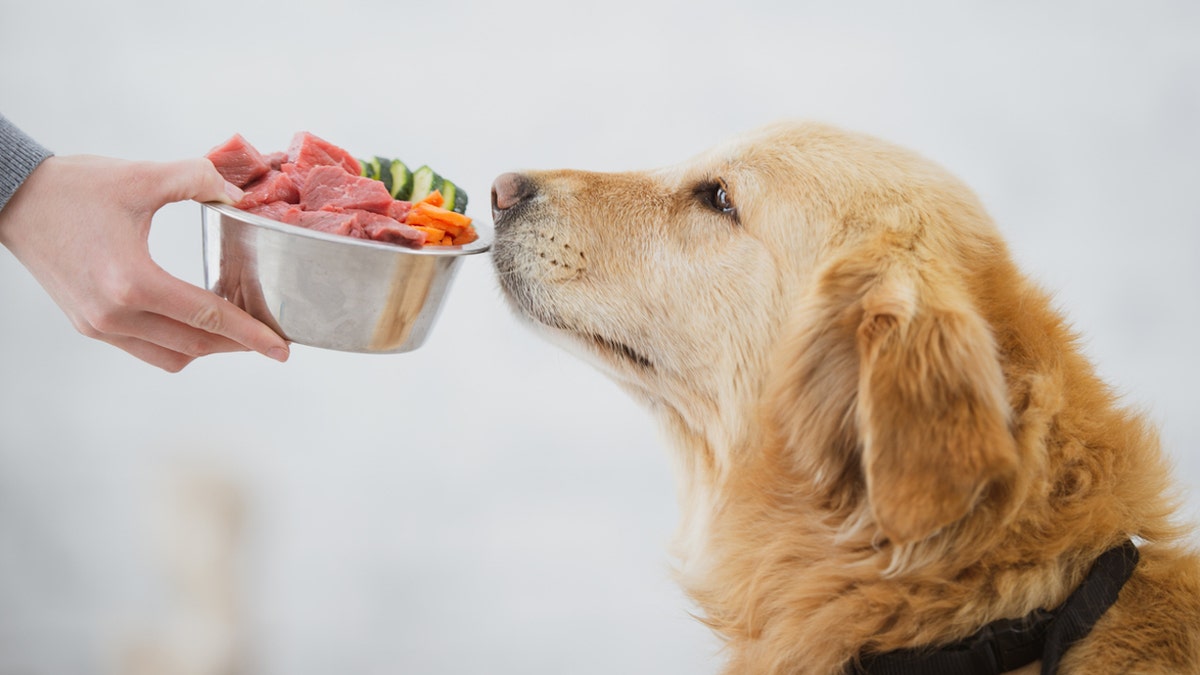
“People often believe that because raw dog food is sold frozen, that freezing kills the bacteria on it, but we have shown that it does not,” a researcher told Fox News Digital. (iStock)
Most people are not aware of the risk of these antibiotic-resistant pathogens, the researchers stated in the release.
They emphasized the importance of cooking meat thoroughly before eating, and using “appropriate hygiene practices” while preparing it.
“Cooking the meat properly will kill those bacteria,” Avison advised.
‘GENTLE GIANT’ DOG, AT 250 POUNDS, EATS AN ENTIRE CHICKEN DAILY AS OWNER SPENDS NEARLY $5K A YEAR ON FOOD
“Treat all raw meat as if it were contaminated with antibiotic-resistant bacteria and assume dogs fed raw meat will be excreting resistant bacteria,” he went on.
“Use appropriate hand-washing and general hygiene practices to minimize the risk that you and other people will accidentally ingest these bacteria.”
“If you feed your dog raw meat, you are likely feeding it antibiotic resistant E. coli.”
Dog owners who feed raw meat to their pets should dispose of the animals’ waste hygienically, Avison said.
“Don’t let your dog lick your face or share your bed, and wash your hands after petting it,” he recommended. “These are all common sense practices anyway, but even more important if you raw-feed your dog.”
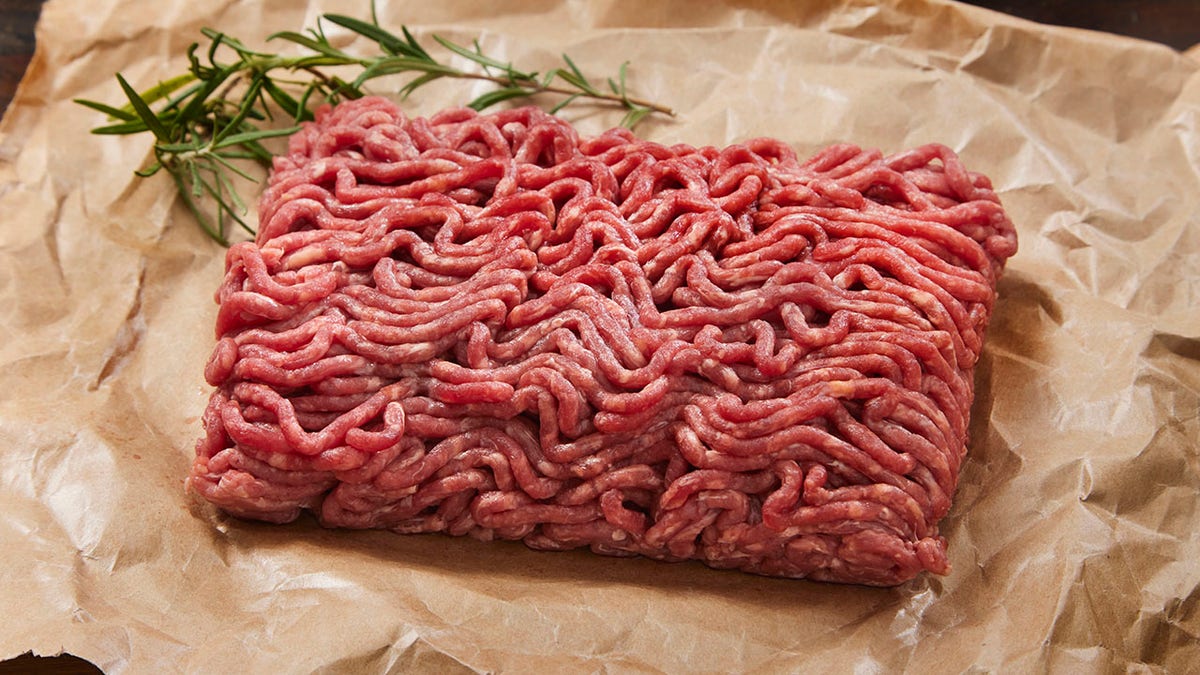
Researchers emphasized the importance of cooking meat thoroughly before eating, and using “appropriate hygiene practices” while preparing it. (iStock)
“And, of course, treat raw dog food as if it were any raw meat, in terms of hygiene and cleaning practices.”
The study raises a “red flag,” Siegel said, underscoring the importance of making sure that poultry and meat is fully cooked prior to human consumption, and that dog food is also cooked.
CLICK HERE TO SIGN UP FOR OUR HEALTH NEWSLETTER
Andre Delattre, chief operating officer of Public Interest Research Groups (PIRG) in Washington, D.C., said the study “underscores the importance of ending the practice of routine use of antibiotics in animal agriculture.”

“Use appropriate hand-washing and general hygiene practices to minimize the risk that you and other people will accidentally ingest these bacteria,” researchers said. (iStock)
“An inevitable byproduct of antibiotic overuse is resistance to these drugs,” he told Fox News Digital.
“Studies have also shown that meat raised without antibiotics is less likely to be contaminated with resistant bacteria.”
The University of Bristol study was published on a pre-print server and has not yet been peer-reviewed.
Fox News Digital reached out to the U.K. Food Standards Agency (FSA) and the U.S. Food and Drug Administration (FDA) for comment.
For more Health articles, visit www.foxnews.com/health.
Health
This Is Why You’re Not Losing Weight on Semaglutide + Doctors’ Tips To Speed Results
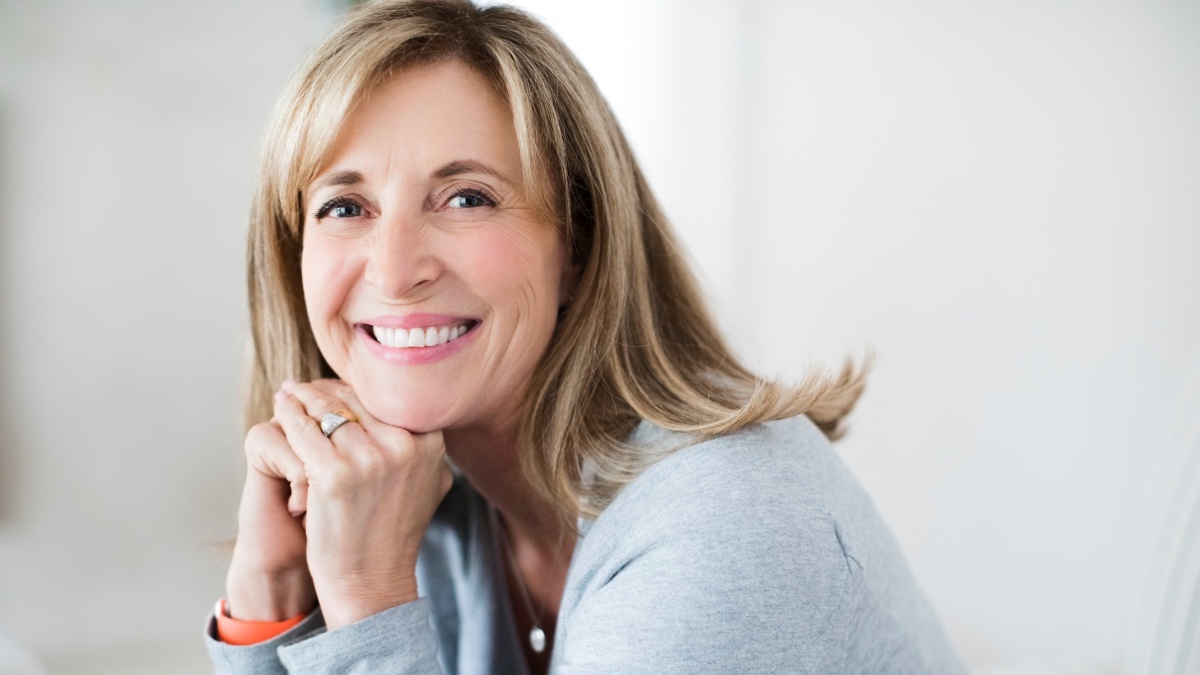
Sign Up
Create a free account to access exclusive content, play games, solve puzzles, test your pop-culture knowledge and receive special offers.
Already have an account? Login
Forgot your password?
Get back to the Sign In
Use left and right arrow keys to navigate between menu items.
Use escape to exit the menu.
Health
A mother's heartbreaking story, plus mammogram guidance and cancer-fighting nutrients
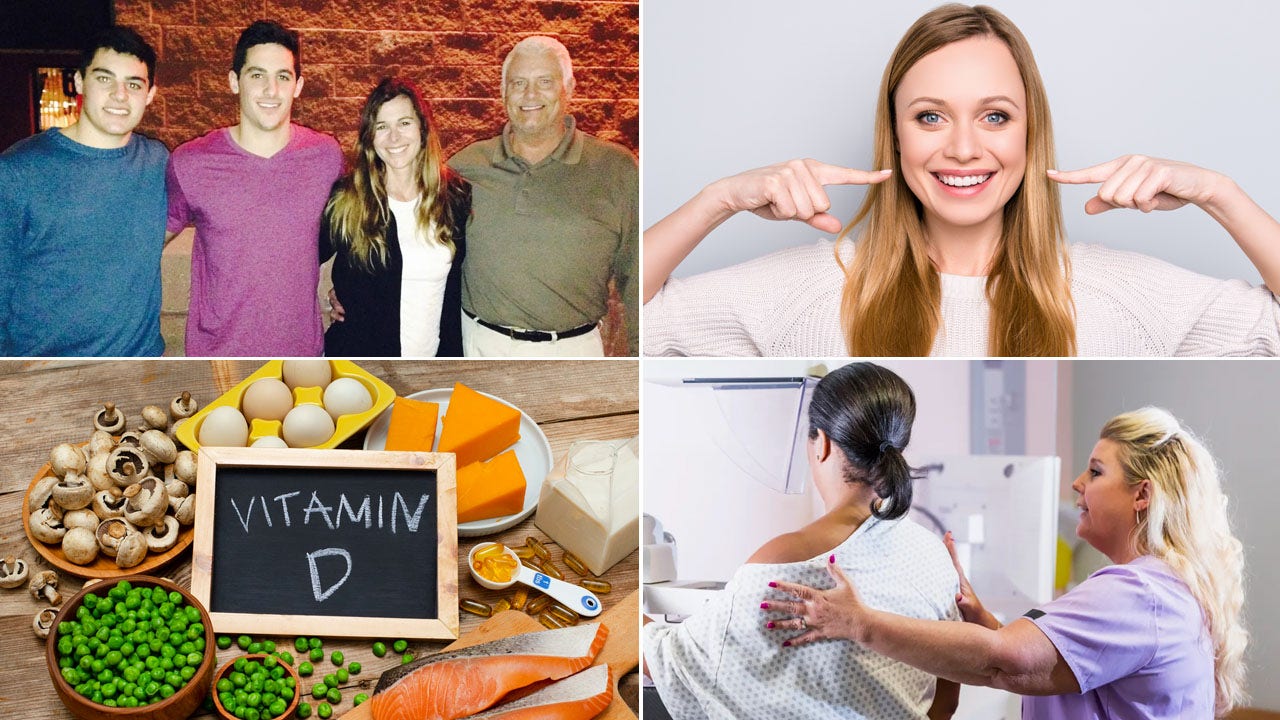
Derek McFadden, pictured at left with his mom Robin McFadden, was 23 when he took his own life on Aug, 17, 2018, in Tucson, Arizona. (Robin McFadden)
‘BROKE MY HEART’ – A New York mother said she believes chronic sleep deprivation contributed to her son’s suicide. She shares the heartbreaking story with Fox News Digital. Continue reading…
‘GREATER EMPATHY’ – Patients who see female physicians could live longer, a new study finds. Experts weigh in. Continue reading…
SCREENING OUT CANCER – Women should get mammograms every other year starting at age 40 instead of 50, according to updated recommendations from the U.S. Preventive Services Task Force. Here’s why. Continue reading…
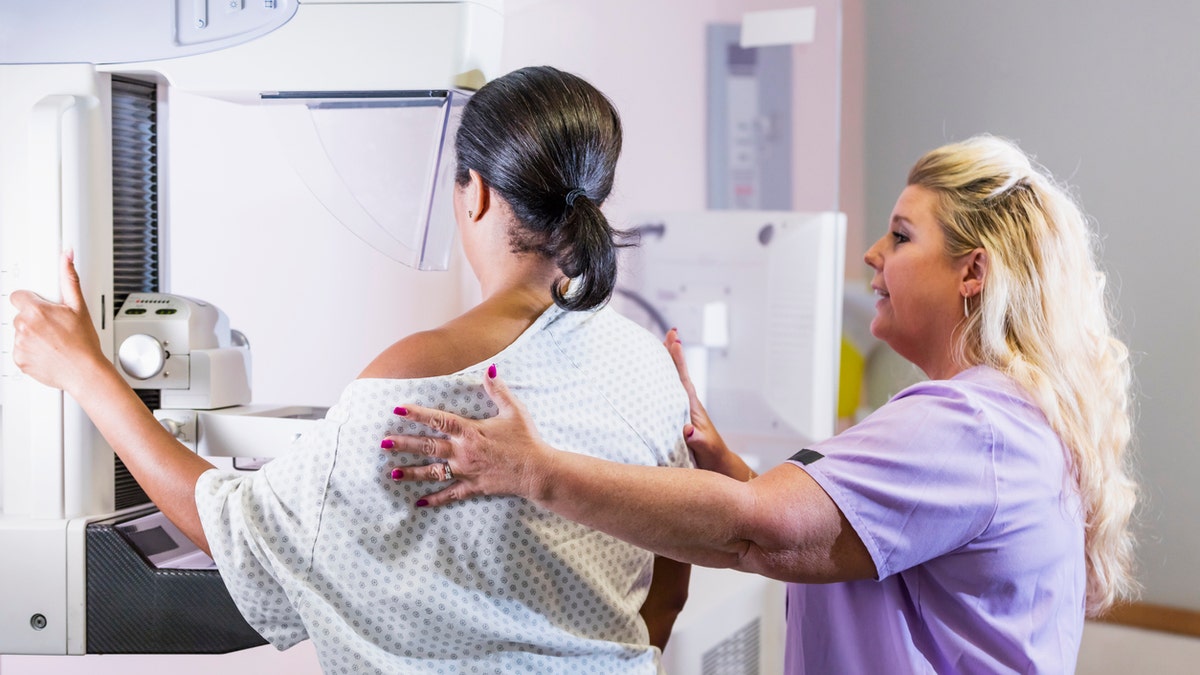
The previous guidance stated women should begin biennial mammograms at age 50, but could opt to begin as young as 40. (iStock)
THE GOLD TREATMENT – An experimental “liquid gold” medication could bring new hope to multiple sclerosis patients, a study suggests. Continue reading…
CANCER BY THE NUMBERS – A new report reveals the latest trends in cancer diagnoses and deaths. See the top 5 observations. Continue reading…
SECRET WEAPON? – A common nutrient could help to boost cancer immunity, a new study suggests. Experts share the potential benefits. Continue reading…

Dietary vitamin D, found in foods including salmon, increased levels of the bacterium Bacteroides fragilis, which has been shown to improve cancer immune response. (iStock)
STROKE STOPPERS – A physical medicine and rehabilitation specialist shares specific tips for women to reduce their stroke risk. Continue reading…
‘THE SANDWICH GENERATION’ – Serving as a caregiver for a parent with dementia while also caring for kids can come with physical, mental and emotional challenges, experts say. Continue reading…
PEARLY WHITES – Dental experts share 7 tips to keep teeth bright, white and healthy. Continue reading…

Patients should visit the dentist for a general check-up every six months, experts recommended. (iStock)
FOLLOW FOX NEWS ON SOCIAL MEDIA
YouTube
SIGN UP FOR OUR NEWSLETTERS
Fox News First
Fox News Opinion
Fox News Lifestyle
Fox News Health
Fox News Autos
Fox News Entertainment (FOX411)
DOWNLOAD OUR APPS
Fox News
Fox Business
Fox Weather
Fox Sports
Tubi
WATCH FOX NEWS ONLINE
Fox News Go
STREAM FOX NATION
Fox Natio
-

 Education1 week ago
Education1 week agoVideo: Dozens of Yale Students Arrested as Campus Protests Spread
-

 News1 week ago
News1 week agoLarry Webb’s deathbed confession solves 2000 cold case murder of Susan and Natasha Carter, 10, whose remains were found hours after he died
-

 World7 days ago
World7 days agoHaiti Prime Minister Ariel Henry resigns, transitional council takes power
-

 Politics1 week ago
Politics1 week agoFetterman hammers 'a–hole' anti-Israel protesters, slams own party for response to Iranian attack: 'Crazy'
-

 World1 week ago
World1 week agoPeriod poverty still a problem within the EU despite tax breaks
-

 World1 week ago
World1 week agoUS secretly sent long-range ATACMS weapons to Ukraine
-

 News7 days ago
News7 days agoFirst cargo ship passes through new channel since Baltimore bridge collapse
-

 World1 week ago
World1 week agoTurkey’s Erdogan meets Iraq PM for talks on water, security and trade




)










